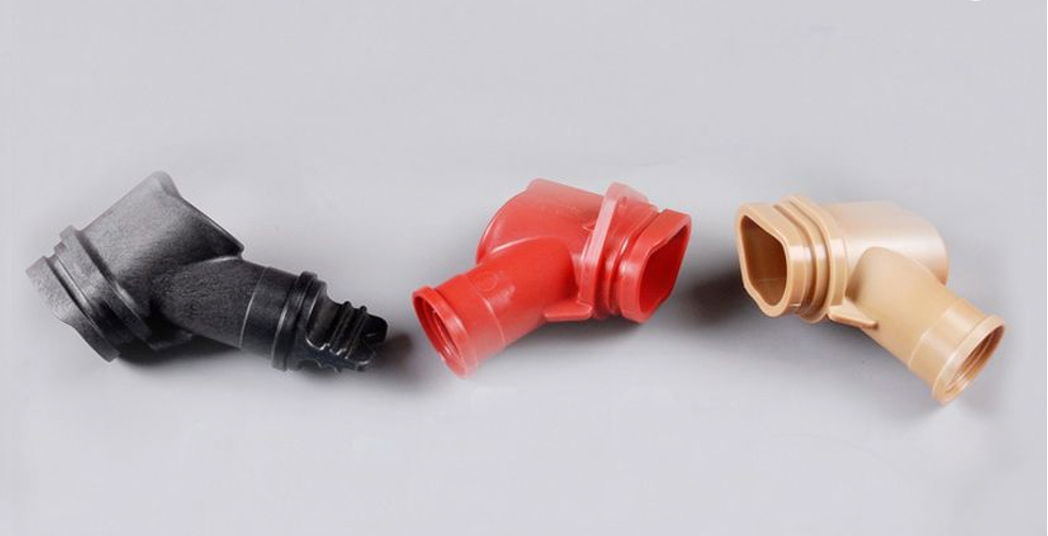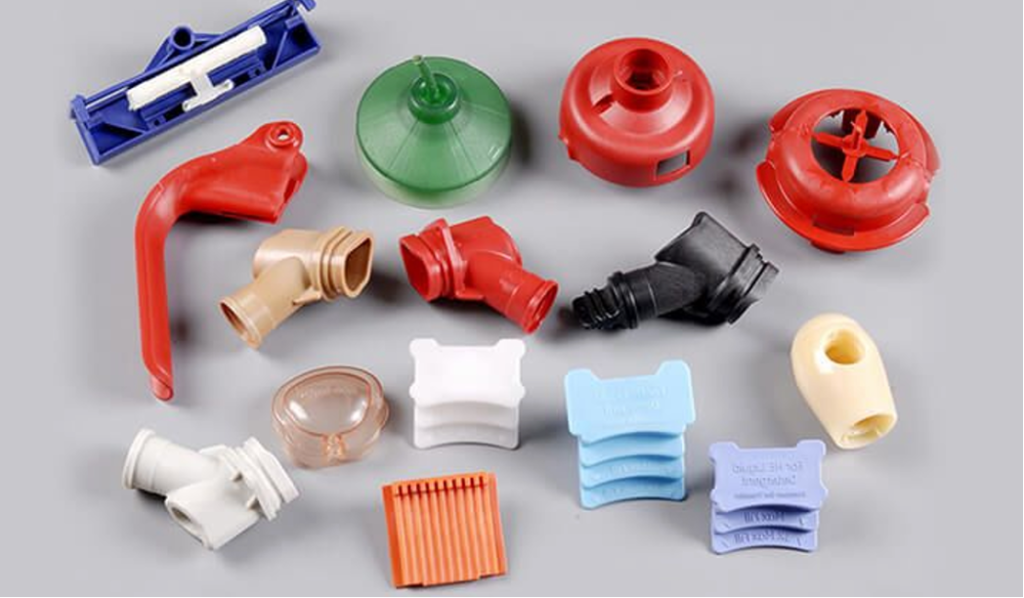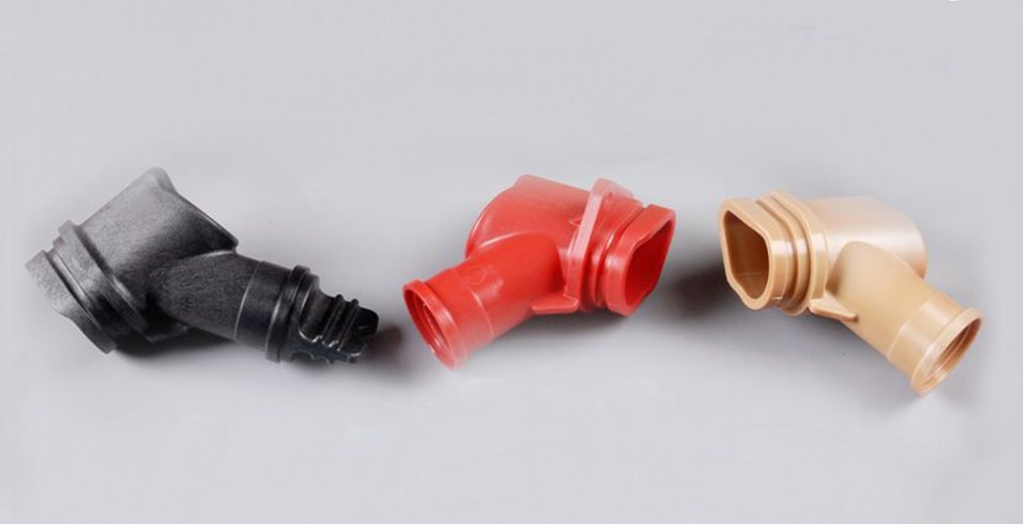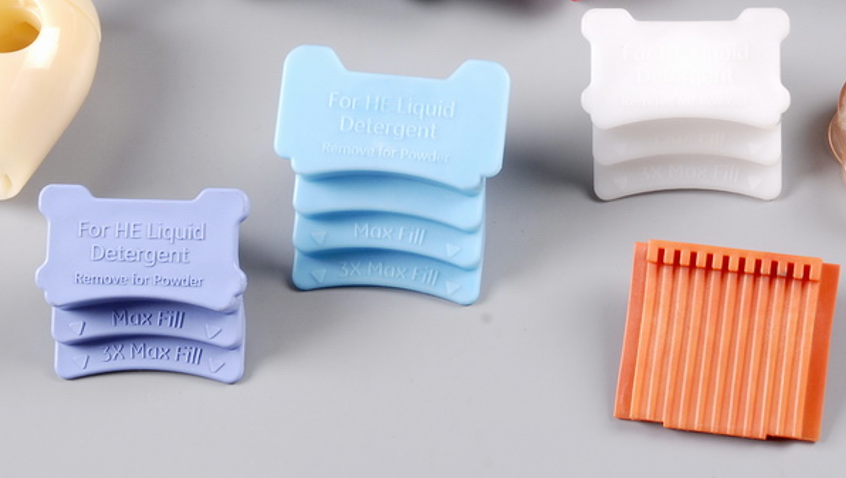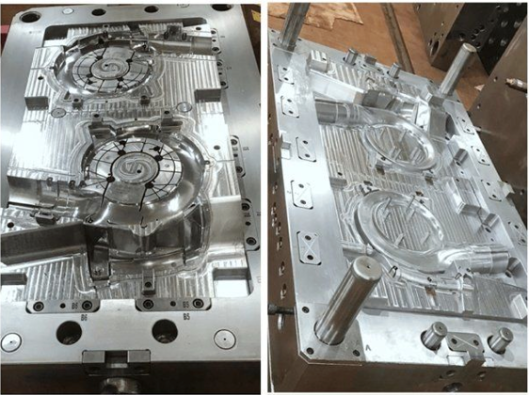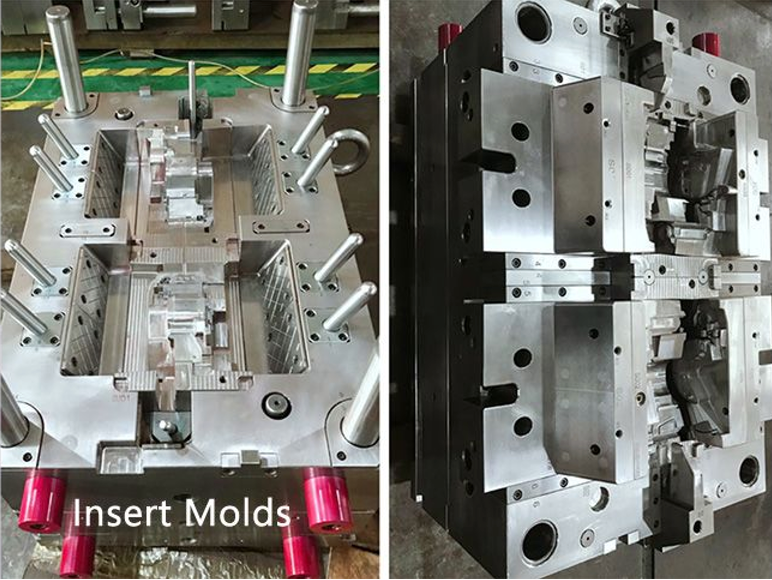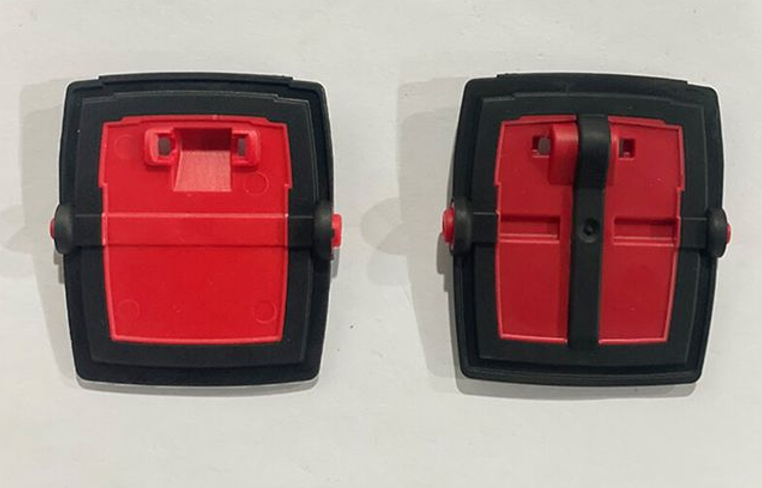What to consider when designing Medical device injection molded parts?
One of the main aspects that must consider when developing the Medical device injection molded parts design is the alignment of expectations of all involved parties which results in a constant negotiation process that starts even before the project starts to be built.
The maximum simplification of the mold is the principle that guides all the work, as this measure reduces costs, generates gains in productivity, and can increase the mold’s useful life. Each project, however, is unique, so that there is no ready-made or definitive solution when it comes to mold design.
Focus on maximum simplification and cost
For example, a project developer with a focus on maximum simplification and cost reduction may not meet the customer’s expectations of what he expects from his part or product, so when essential for the product, simplification must be put into perspective.
Thus, good communication, including with the toolmaker, is an essential aspect that needs to consider to achieve good results in Medical device injection molded parts design in thermoplastic injection. Without active and clear communication, the chances that the result will not meet anyone’s expectations are high.
About the technical aspects, it is necessary to consider some factors during the elaboration of the project. Check it out below:
The 6 technical aspects that observe:
1- Wall thickness:
The mold design allows the injected plastic resin to flow fluidly between the thicker and thinner-wall areas, thus preventing deformations in the product.
2- Cavities and drawers:
The presence of cavities and cores makes thermoplastic injection in the mold difficult. Thus, these solutions must be limited in use, to achieve more effective Medical device injection molded parts.
3- Medical device injection molded parts Angles and curves:
Sharp angles make it more difficult for the plastic resin to pass through during molding. Curves with open angles should be prioritized, as they facilitate the fluidity of the resin inside the mold.
4- Level of Detail:
One of the reasons that thermoplastic injection is widely common in industry worldwide is its great versatility. With the correct mold design, great levels of detail and precision are easy to achieve. It is necessary, however, that the level of detail does not make production unfeasible.
5- Material common in mold manufacturing:
Plastic injection molds also differ in the materials they manufacture from. This is because different types of resins adapt and work better with certain materials. So, you have to choose the mold material with utmost care.
6- Mold Ejection:
When designing Medical device injection molded parts, it is essential to consider the ejection process after the end of the molding. Ejection must be quick and occur in a way that does not present any risk of damage to the final product.
How to calculate the clamping force in plastic injection?
Do you have problems with mold closure in thermoplastic injection? So you need to find out the “clamping force”!
In thermoplastic injection, the clamping force refers to that necessary to keep the mold close during its filling. Knowing how to calculate this force correctly is essential for the success of the production process.
It is common, however, that operators do not pay attention to this detail. To avoid leaks, many bet on a force greater than necessary. This is a “security” measure that results in losses and increases costs.
Which cause wear and tear in the Medical device injection molded parts
The clamping force must be able to prevent the counterforce exerted by the injection process from opening the Medical device injection molded parts and causing the resin to leak, but it must also not be so extreme as to cause wear and tear in the mold and injection machines.
Our specialists in thermoplastic injection, operating in the market, show you how the clamping force calculates and its importance for the success of the thermoplastic injection process.
Keep reading!
The importance of correctly calculating the clamping force
In the injection of thermoplastics, the resin in the form of granules is added to the injection machine, where it is heated and later, already molten, injected into a mold under high pressure.
The mold common in the plastic injection is in two parts. This solution makes it possible to open the mold to extract the product after cooling the polymers.
Without exerting a clamping force, the mold opens during the injection of polymers, causing the leakage of resins.
Deformations and dimensional of Medical device injection molded parts
Even the slightest error in the calculation of the clamping force can affect the Medical device injection molded parts, with deformations and dimensional changes, as well as lead to resin waste, through the formation of burrs.
But if when the clamping force is less than necessary the final product harm, when this force exceeds what is necessary, the losses even greater.
Negative effects of working with a Medical device injection molded parts
Among the negative effects of working with a clamping force above the necessary, we can highlight:
- Premature wear on the mold;
- Deformation in cavities;
- Breaking puller pins;
- Breakage or cracking of toupees;
- Stretch the columns, facilitating breakage;
- Deformation of the plates, facilitating breakage.
How to correctly calculate the clamping force
Thus, as you can see, knowing how to correctly calculate the clamping force in the thermoplastic injection is essential for the success of the production process, conservation of the Medical device injection molded parts, and the injection machine.
Next, you will learn how to calculate it!
To calculate the mold clamping force correctly, you need to consider the following information:
- Projected area;
- Flow Ratio;
- Average pressure exerted by the injection material;
- Constant relative to material type.
How to find each of this information below, and then the clamping force formula.
Projected area:
The projected area must consider all the parts projected on the movable Medical device injection molded parts plate (part, injection, and distribution channels).
For those with multiple cavities, it suggests considering only one of them, since, in the clamping force formula, the number of existing cavities inform.
Flow Ratio (LF/S):
Conclusion
Flow relationship, one must consider the flow path (LF), the distance between the gate and the point of the part farthest from the axis, and the average thickness of the part (S).

